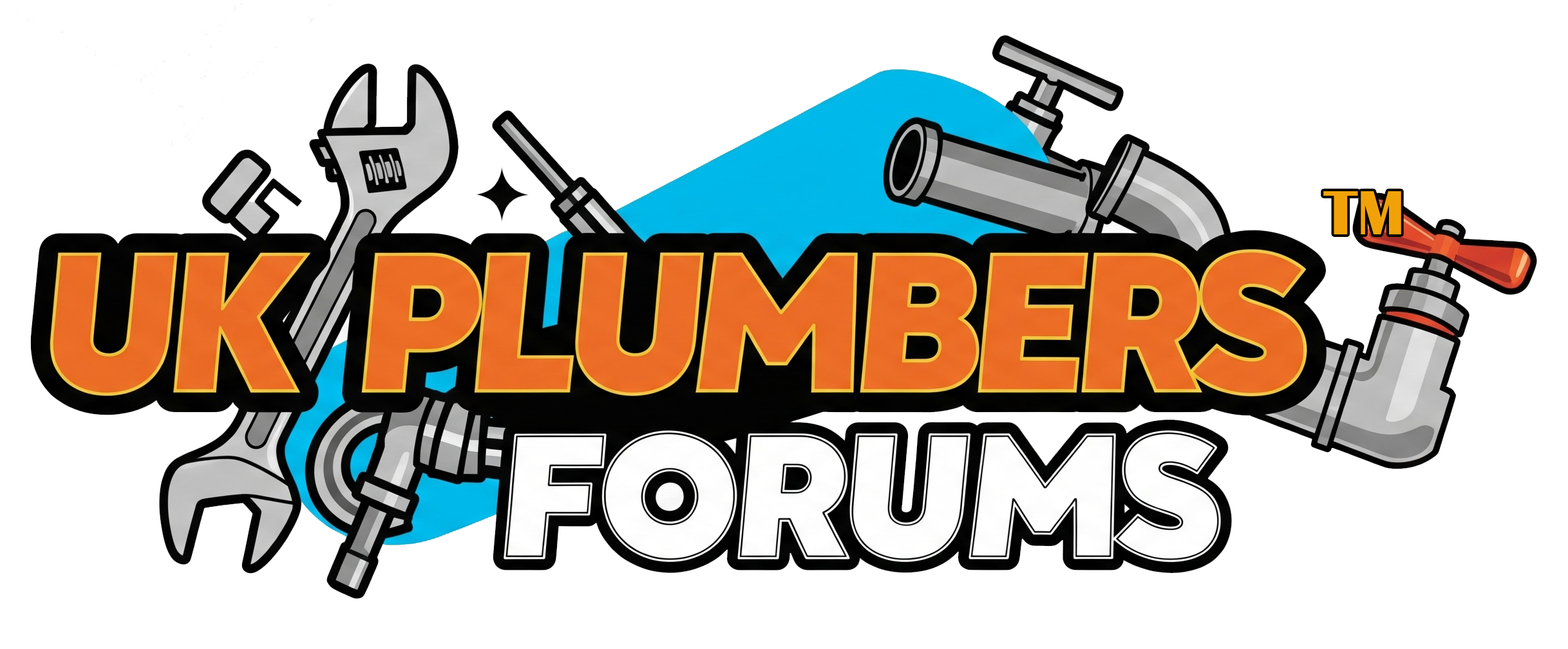so if you cant have a leak on the pipe and you cant have a leak on the appliance WHERE are you allowed to have up to 4/8mb microscopic leak(s) on a system that i leave every day, while complying with the regs
I have re-my posts and it make sense to me, but I don't think anyone else is reading them in full.
I'll say again. Within the regs you are allowed to carry out a tightness test have a permissable drop and walk away without any further action. As soon as you start isolating appliances etc. to trace the leak it then becomes an issue. As soon as you take it upon yourself to try identify where the leak is coming from and identify it is a particular appliance or the carcase itself, you must then repair the leak. You will have highlighted the leak is coming from a particular appliance(s), the carcase, or both. You are not permitted to leave a drop on pipework alone so must trace/repair. You are not allowed to leave an appliance connected that may constitute a danger so must repair or cap.
It is when you pinpoint where the leak is coming from you MUST take action.
True Kirk,
This is always an area where it boils down to engineering judgement and personal opinion. I think we all have slightly different interpretations of regs and our duties.
In this instance the regs are quite clear in my opinion!
I think that most engineers would investigate a 1.5mbar drop if it was in their own property, so why would you sign the ticket and walk away from someone else's property knowing that there is a gas leak?
Because you are legally permitted to and may be working for a company that does not want to get involved lifting floorboards to trace a 1.5 mbar drop.
i would agree 100%, however by definition of it being in my own house i have allowed the owner to make an informed decision as to whether the investigation (and subsequent cost/disruption/hassle) should go ahead, what i have a problem with is people overstepping the regs WITHOUT allowing the owner to make the informed judgement, but ultimately leaving the owner with the cost, IF there is a drop and there is no smell or report of smell, what is the real risk? to me it is all about common sense, eg YOU fit a cooker and pipework today, the next day (for whatever reason) i test and because it is now existing i am allowed to leave a 4/8mb drop, i would NEVER leave this, although i can by law, as my engineering judgement is telling me that the spirit of the 4/8 allowance is for microscopic leak on the "old" system but that type of leak cannot appear overnight so there must be an issue with what you did yesterday
Did you carry out a tightness test before and take a note of any pre-exiting drop? If no leak when you started then you cannot walk away having created one, but if there is 1 mbar drop in existing system and you install your cooker and still have a 1 mbar drop then that is permissible.
This topic becomes more of an issue depending on your employment circumstances.
If I was working for myself and came across a permissible drop(as some mentioned above) I would discuss with the customer what action to take. Explaining, if it is narrowed down to the pipework itself it may involve lifting floorboards etc.
If you were working for a company that was leaning more towards quantity rather than quality and if you were to start poking around tracing permissible leaks, knowing you would still be expected to do your 10 annual inspections that day, then I think it will be more of a case of taking not of the permissible drop and on to the next job.


